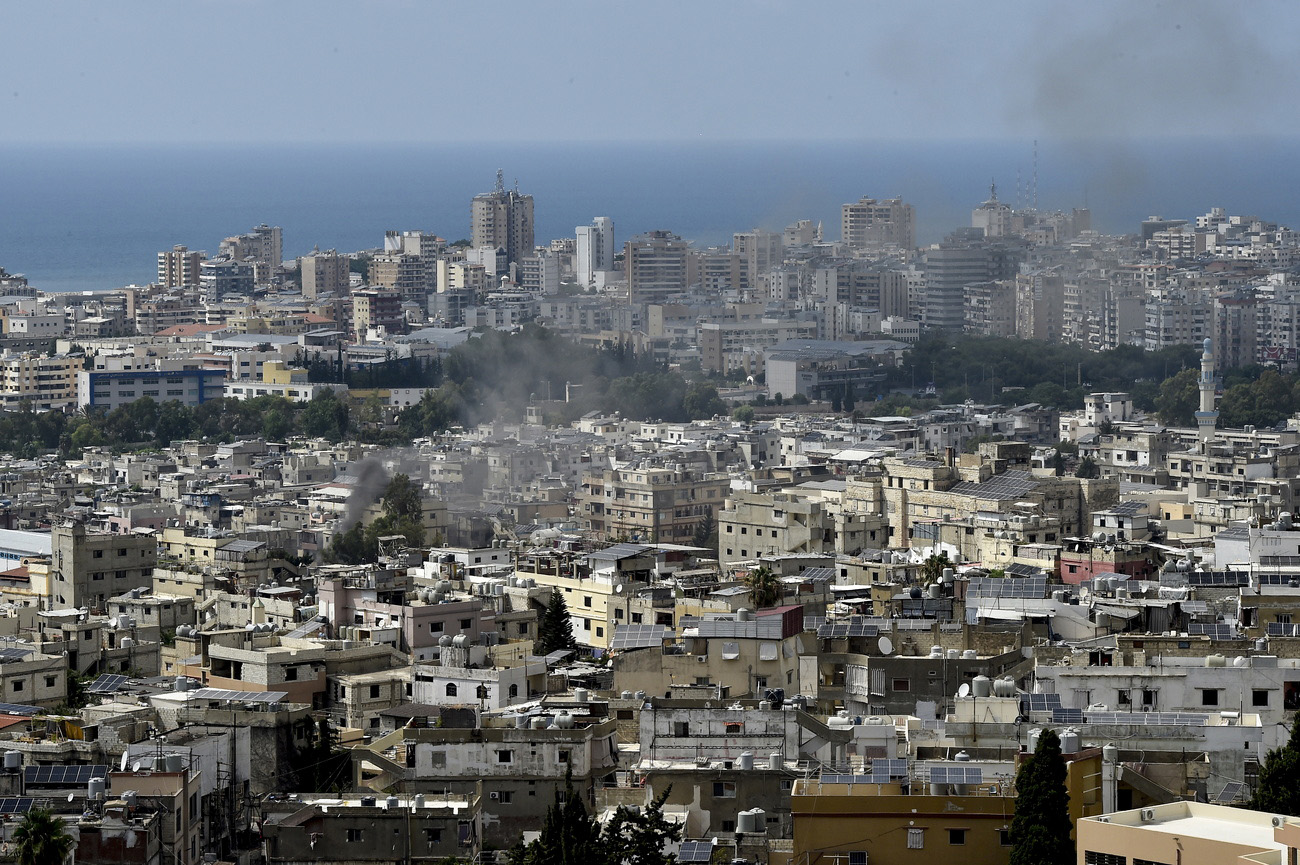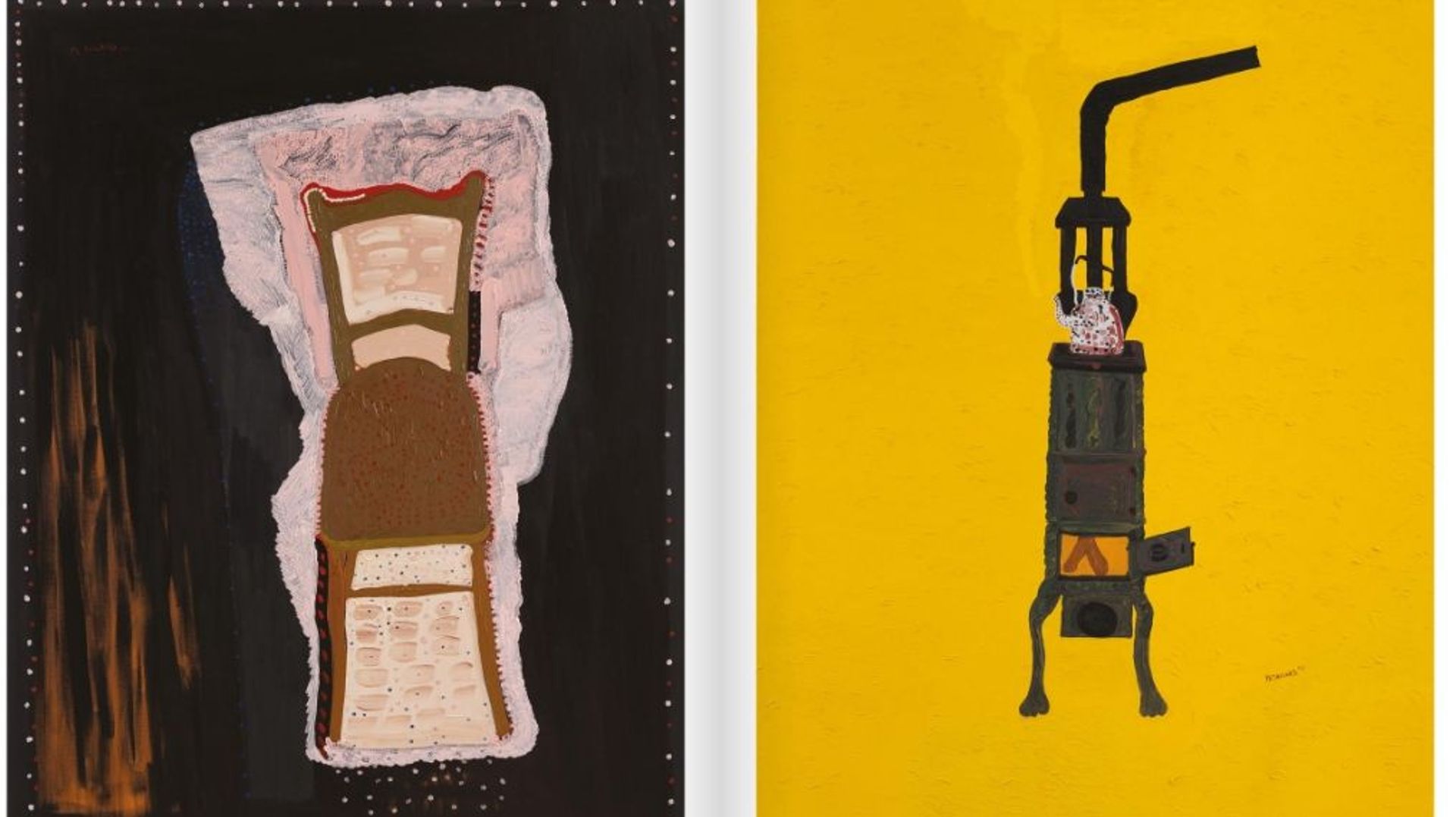
Avalanche danger mounts across Alps

An "explosive" cocktail of warm Mediterranean moisture and cold northern air has left the Alps covered by up to three times more snow than normal.
While skiers and those in tourism rejoice at the healthy start to the winter season, the storms and mounting avalanche dangers also closed motorways, disrupted rail services and caused dozens of accidents across the country.
“The facts show that this storm is something special for this time of year,” Thomas Bucheli, head meteorologist with Swiss television, told swissinfo on Friday.
Most of Switzerland received at least some snow in a storm cycle that began on Tuesday. Over the following three days storms dumped as much as 120cm of fresh powder on the mountains from southern Switzerland to the upper Engadine in canton Graubünden.
Snow depths at 2,000 metres now average anywhere from 50cm near St Gallen to two metres in a swathe that stretches from the eastern parts of canton Valais to southern areas of canton Graubünden.
That’s one-and-a-half to three times more for this time of year compared with ten-year average figures collected by the institute for snow and avalanche research in Davos.
“It’s been unreal, like heliskiing,” said Dan Caruso, a marketing director who has spent the past week testing skis in the Engadine for Black Diamond, an international outdoor gear company with European headquarters near Basel.
“It’s the best testing conditions in Europe that we’ve ever had.”
Avalanche danger
Bucheli says the weather this weekend should be “relatively good” for skiing in the northern part of the Alps as a wind from the south will whip away the clouds. The southern Alps, however, will probably be snowy and foggy above 800 metres, he said.
Lukas Dürr, an avalanche forecaster with the Institute for Snow and Avalanche Research in Davos, cautions anyone heading into the mountains to take extra care on the slopes this weekend.
As temperatures have remained cold, averaging about minus ten degrees at 2,000 metres, the new snow has not yet bonded to older layers below, meaning avalanches are already releasing.
“It’s always a bit dangerous with big amounts of snow like this,” Dürr said. “Skiers heading off-piste need to be extremely cautious.”
The centre, which posts avalanche forecast online, reports that the snowpack remains very weak from the southern Valais to the upper Engadine.
That said, large snowfalls like this tend to settle quickly once conditions permit as the sheer weight of the snow helps them bond to other layers below, Dürr said.
That settling probably won’t occur over the weekend, he said, but other areas in the cantons of Glarus, Schwyz and Bern are already more stable. The institute lists avalanche danger in those areas as moderate.
Perfect snowstorm
The storm cycle was particularly strong thanks to a combination of events, Bucheli said.
A low-pressure system stalled over the Mediterranean and pumped a steady stream of warm, moist air from southern Europe towards Switzerland. Cold air from the north collided with that flow to create an “explosive” snowstorm, he said.
Conditions were so bad in fact that some truckers trying to ferry their loads beyond the Gotthard Pass were stuck for two days. Dozens of road accidents were reported across the country, with at least one of them fatal. Trees collapsed across streets and destroyed at least one car. Avalanche danger disrupted rail services in eastern Switzerland.
While most motorways and services had been restored on Friday, a similar system is developing once again over the Mediterranean. More snow could be coming.
“It’s absolutely fantastic,” said Véronique Kanel of Swiss Tourism. “Sometimes Swiss people want to escape the cold and go far away, like to the Pacific, but maybe now they’ll decide to stay home and ski.”
Bucheli believes Switzerland could be in for a white, sunny Christmas.
“I think we will have very good conditions,” he said. “A lot of sun during the days and stars that are bright at night.”
swissinfo, Tim Neville
The institute is part of the Federal Institute for Forest, Snow and Landscape Research and is known worldwide as a leading authority on avalanche forecasting.
It is made up of five research units with offices in Davos, Birmensdorf, Lausanne and Bellinzona.
Researchers study permafrost, mountain hydrology, rockfall and ecosystems among other disciplines.
About 130 people from 15 countries work for the institute, which was founded in Bern in 1931.
Strong snowstorms and avalanches are nothing new to Switzerland. Two hundred years ago today, December 12, an avalanche roared down from the Bernese Oberland into the village of Weiler Obermaad killing 23 people, a third of the population, including entire families. “Several houses were completely destroyed and not a single one escaped unharmed,” wrote Ivana Fucik, a pastor at the time.
More recently, the winter of 1950-1951 was particularly vicious as 98 people died from extreme cold, snow and avalanches. In 1968 another harsh winter hit the Davos area particularly hard and cut the institute itself off for three weeks.

In compliance with the JTI standards
More: SWI swissinfo.ch certified by the Journalism Trust Initiative
















![The four-metre-long painting "Sonntag der Bergbauern" [Sunday of the Mountain Farmers, 1923-24/26] had to be removed by a crane from the German Chancellery in Berlin for the exhibition in Bern.](https://www.swissinfo.ch/content/wp-content/uploads/sites/13/2025/12/01_Pressebild_KirchnerxKirchner.jpg?ver=bb19e376)














You can find an overview of ongoing debates with our journalists here . Please join us!
If you want to start a conversation about a topic raised in this article or want to report factual errors, email us at english@swissinfo.ch.